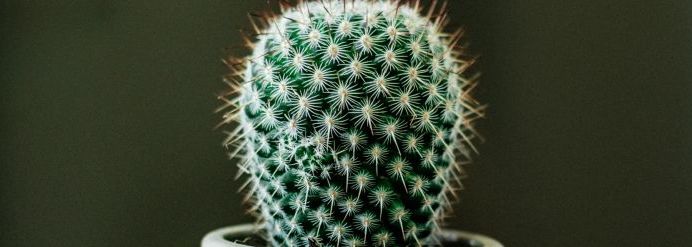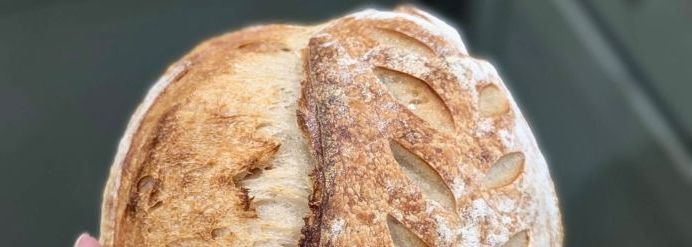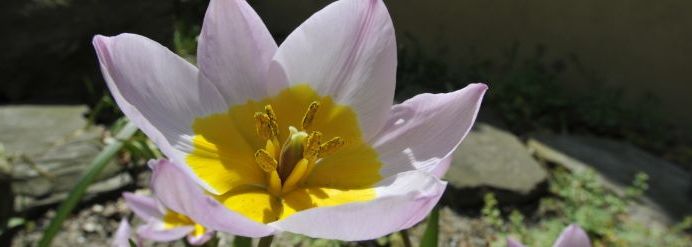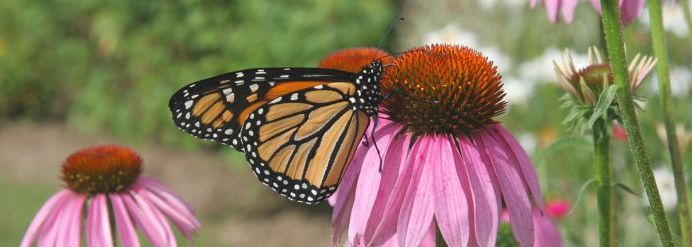If you’re a plant lover who has given a home to various cacti, you’ve probably gotten stabbed a few times either when repotting them or rubbing up against them by accident. What’s actually happening is their defense mechanism kicks in to protect themselves from the potential threat. All types of plants come equipped with their own defenses to help them thrive in any environment. Keep reading to learn about the many unique ways plants protect themselves!
Physical defenses
Plants have developed various physical defenses that help them survive when herbivores approach. Thorns, such as those found on cacti and roses, provide a formidable barrier that discourages animals from getting too close or attempting to eat them. Certain trees, like acacias, have spines that serve as an effective deterrent. Some cacti and plants have glochids and trichomes, tiny hair-like structures that give them a rough and prickly texture, playing a role in their defenses; they also help reduce water loss.
Toxic chemicals
Some plants, like poison ivy and stinging nettle, have irritant compounds that cause discomfort or pain upon contact. Others, like the castor bean plant, produce toxic compounds such as ricin, a highly toxic protein. Plants, such as some types of nuts, oilseeds and soy, have secondary metabolites, such as alkaloids and terpenoids, which act as chemical deterrents and can be toxic to humans and animals.
Allelopathic defenses
Certain plants employ chemical warfare against their competitors. Through a process called allelopathy, certain plants release chemical compounds into the soil that inhibit the growth or germination of neighboring plants, giving them a competitive advantage in the struggle for resources.
Indirect defenses
Some plants utilize indirect defense mechanisms, also known as “talking to predators.” They will release volatile compounds into the air when under attack, and those compounds then attract natural enemies such as insects or wasps that prey on whatever is attacking the plant. This clever strategy helps reduce herbivore damage without direct confrontation.
Mimicry and disguise defenses
Other plants have the ability to mimic or disguise themselves. For example, the passion flower vine’s leaves mimic butterfly eggs, which deters actual butterflies from laying eggs on them. Another example is that some orchids have evolved floral structures that resemble female insects, attracting male pollinators while keeping them away from potential predators.
Plants are pretty cool
When we learn about the wonders of nature, we begin to have a deeper appreciation of all the little things constantly going on around us. So the next time you get stabbed by your plant cactus, remember it’s actually really smart when it comes to protecting itself from a potential threat.
Find unique plants in downtown Gretna
The Gretna Farmers Market in downtown Gretna has a bunch of amazing plant vendors. Whether you’re looking for a rare houseplant, or need some fresh herbs for your kitchen, we’ve got you covered. Contact us today or come check us out in downtown Gretna just off McKenna Ave, Saturdays from 8 a.m. to noon!















